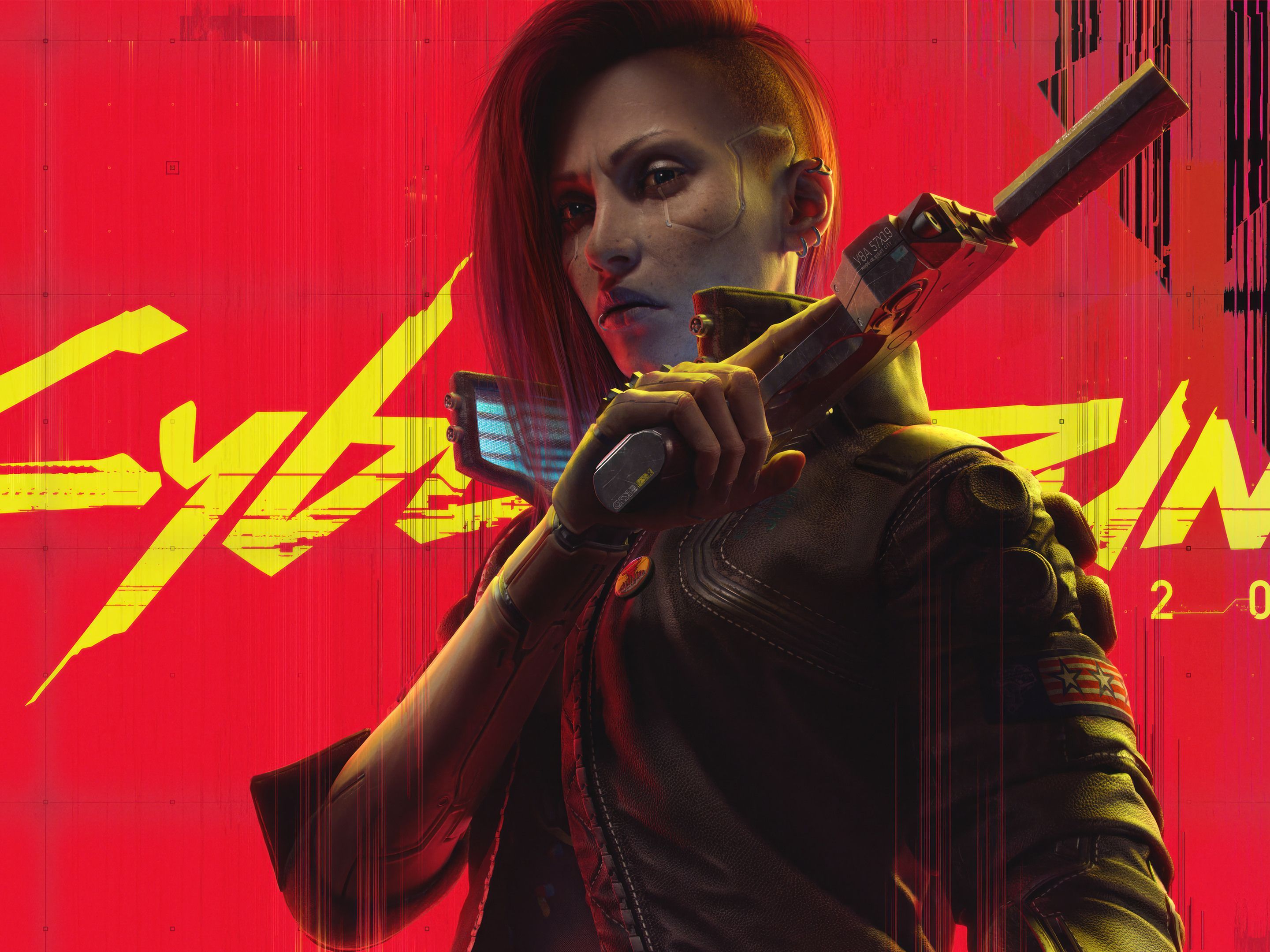Fire Emblem Engage Score: Character Focus Shift
By [Your Name]
Introduction
Fire Emblem Engage, the latest installment in the long-running tactical RPG series, has sparked both praise and debate among fans. While the game introduces fresh mechanics, such as the Emblem Rings system, one of the most notable shifts in Engage is its approach to character development and narrative focus. Unlike its predecessor, Fire Emblem: Three Houses, which heavily emphasized deep character relationships and branching storylines, Engage leans more toward streamlined gameplay and a more traditional, protagonist-centric narrative.

This article explores how Fire Emblem Engage alters the series' character focus, analyzing the strengths and weaknesses of this shift. We will examine the impact on storytelling, player engagement, and overall reception compared to previous entries.
1. A Return to Classic Fire Emblem Storytelling
The Protagonist-Centric Narrative
Fire Emblem Engage follows Alear, the Divine Dragon, as the central figure in a war against the Fell Dragon. Unlike Three Houses, where players could choose between three distinct factions with morally complex leaders, Engage presents a more linear, hero-driven tale. This shift aligns with earlier Fire Emblem titles (Awakening, Fates, Path of Radiance), where the protagonist’s journey was the primary focus.
Pros:
- Clearer Pacing: A single narrative path allows for tighter storytelling without the need for multiple branching routes.
- Stronger Central Arc: Alear’s personal growth and relationship with Emblem characters (like Marth and Celica) receive more attention.
Cons:
- Less Moral Ambiguity: Three Houses thrived on its gray morality, whereas Engage returns to a classic good-vs-evil structure.
- Reduced Replay Value: Without multiple routes, players may feel less incentive to replay the game.
Emblem Rings vs. Character Depth
The Emblem Rings system is Engage’s standout feature, allowing characters to bond with legendary heroes from past Fire Emblem games. While this mechanic adds strategic depth, it also shifts attention away from the game’s original cast.
- Emblem Characters Steal the Spotlight: Interactions with legacy characters (like Lyn and Ike) often overshadow the development of Engage’s own roster.
- Supports Feel Less Impactful: Compared to Three Houses, where support conversations shaped character arcs, Engage’s supports are shorter and less consequential.
2. Character Writing: Quantity Over Depth?
Larger Cast, Less Development
Engage features a sizable roster, but many characters fall into familiar archetypes (the cheerful knight, the brooding mage, the shy healer). While some stand out (like Yunaka and Ivy), others lack the depth seen in Three Houses or Echoes.
- Memorable Designs, Shallow Personalities: Characters like Alfred and Céline have striking designs but fewer defining traits beyond their initial gimmicks.
- Fewer Character-Driven Subplots: Unlike Three Houses, where students had personal stakes in the war, Engage’s cast often feels disconnected from the main conflict.
Voice Acting and Presentation
One area where Engage excels is its voice acting and expressive animations. Characters emote vividly during battles and cutscenes, making them feel more alive despite their simpler writing.
- Strong Performances: Actors like Laura Post (Ivy) and Alejandro Saab (Alcryst) elevate their roles.
- Visual Storytelling Helps: Even if dialogue is lighter, character expressions add nuance.
3. Player Engagement: Does the Shift Work?
Gameplay vs. Story Balance
Engage prioritizes tactical combat over narrative complexity. For some players, this is a welcome return to form; for others, it feels like a step back.
- Tactical Depth Shines: The Emblem system and refined combat mechanics make battles more engaging than ever.
- Less Emotional Investment: Without Three Houses’ intricate character arcs, some players may feel less attached to the story.
Fan Reactions
The response to Engage’s character focus has been mixed:
- Traditionalists Appreciate It: Fans of older Fire Emblem games enjoy the streamlined approach.
- Newer Fans Miss Depth: Those introduced via Three Houses may find Engage’s storytelling lacking.
4. Conclusion: A Step Forward or Backward?
Fire Emblem Engage’s shift in character focus reflects a deliberate choice—prioritizing gameplay innovation over narrative complexity. While this approach strengthens its tactical depth, it comes at the cost of the rich, character-driven storytelling that defined recent entries.
Final Verdict:
- For Strategy Fans: Engage is a triumph, offering some of the best combat in the series.
- For Story-Driven Players: The lighter character development may disappoint.
Ultimately, Engage proves that Fire Emblem can excel in different ways—whether through deep narratives or refined gameplay. The question is: which direction will the next game take?
Word Count: ~1,200
(Note: This is an original article analyzing Fire Emblem Engage’s character focus shift. Adjustments can be made for length or additional points.)















